Congxi Xiao
TimeFound: A Foundation Model for Time Series Forecasting
Mar 06, 2025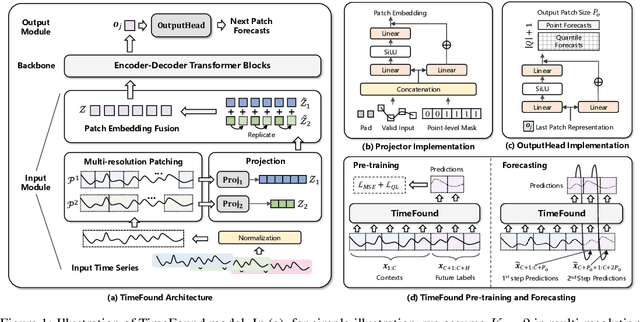
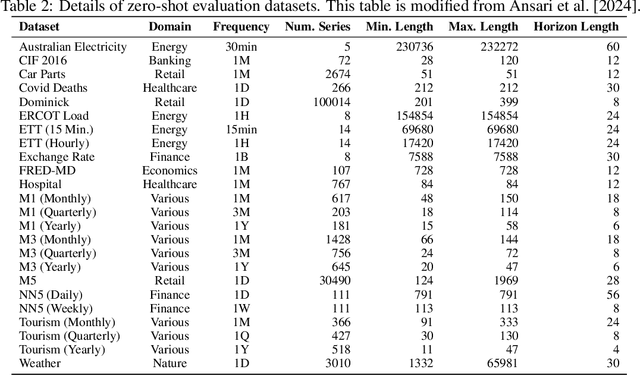
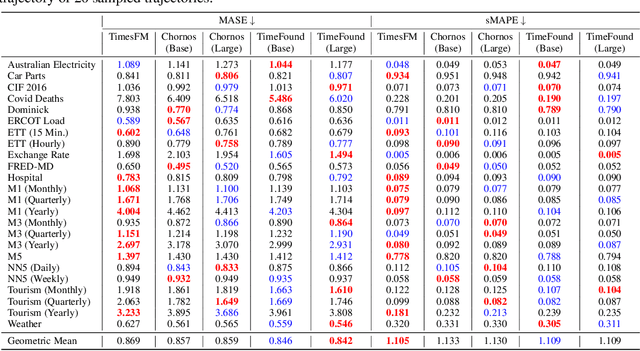
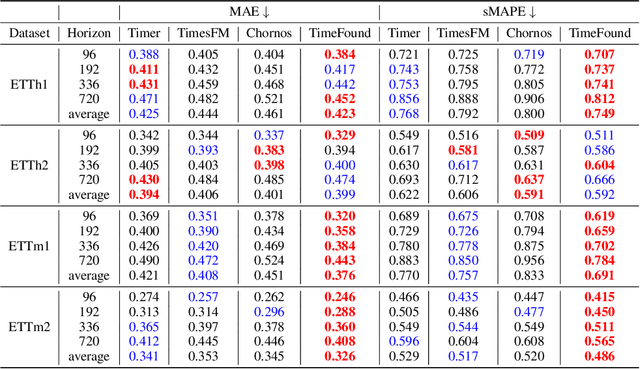
Abstract:We present TimeFound, an encoder-decoder transformer-based time series foundation model for out-of-the-box zero-shot forecasting. To handle time series data from various domains, TimeFound employs a multi-resolution patching strategy to capture complex temporal patterns at multiple scales. We pre-train our model with two sizes (200M and 710M parameters) on a large time-series corpus comprising both real-world and synthetic datasets. Over a collection of unseen datasets across diverse domains and forecasting horizons, our empirical evaluations suggest that TimeFound can achieve superior or competitive zero-shot forecasting performance, compared to state-of-the-art time series foundation models.
Spatial Heterophily Aware Graph Neural Networks
Jun 21, 2023



Abstract:Graph Neural Networks (GNNs) have been broadly applied in many urban applications upon formulating a city as an urban graph whose nodes are urban objects like regions or points of interest. Recently, a few enhanced GNN architectures have been developed to tackle heterophily graphs where connected nodes are dissimilar. However, urban graphs usually can be observed to possess a unique spatial heterophily property; that is, the dissimilarity of neighbors at different spatial distances can exhibit great diversity. This property has not been explored, while it often exists. To this end, in this paper, we propose a metric, named Spatial Diversity Score, to quantitatively measure the spatial heterophily and show how it can influence the performance of GNNs. Indeed, our experimental investigation clearly shows that existing heterophilic GNNs are still deficient in handling the urban graph with high spatial diversity score. This, in turn, may degrade their effectiveness in urban applications. Along this line, we propose a Spatial Heterophily Aware Graph Neural Network (SHGNN), to tackle the spatial diversity of heterophily of urban graphs. Based on the key observation that spatially close neighbors on the urban graph present a more similar mode of difference to the central node, we first design a rotation-scaling spatial aggregation module, whose core idea is to properly group the spatially close neighbors and separately process each group with less diversity inside. Then, a heterophily-sensitive spatial interaction module is designed to adaptively capture the commonality and diverse dissimilarity in different spatial groups. Extensive experiments on three real-world urban datasets demonstrate the superiority of our SHGNN over several its competitors.
A Contextual Master-Slave Framework on Urban Region Graph for Urban Village Detection
Nov 26, 2022



Abstract:Urban villages (UVs) refer to the underdeveloped informal settlement falling behind the rapid urbanization in a city. Since there are high levels of social inequality and social risks in these UVs, it is critical for city managers to discover all UVs for making appropriate renovation policies. Existing approaches to detecting UVs are labor-intensive or have not fully addressed the unique challenges in UV detection such as the scarcity of labeled UVs and the diverse urban patterns in different regions. To this end, we first build an urban region graph (URG) to model the urban area in a hierarchically structured way. Then, we design a novel contextual master-slave framework to effectively detect the urban village from the URG. The core idea of such a framework is to firstly pre-train a basis (or master) model over the URG, and then to adaptively derive specific (or slave) models from the basis model for different regions. The proposed framework can learn to balance the generality and specificity for UV detection in an urban area. Finally, we conduct extensive experiments in three cities to demonstrate the effectiveness of our approach.
C-Watcher: A Framework for Early Detection of High-Risk Neighborhoods Ahead of COVID-19 Outbreak
Jan 27, 2021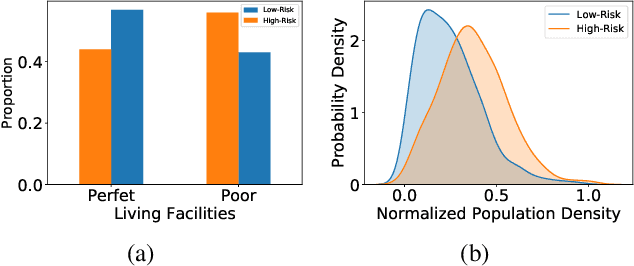

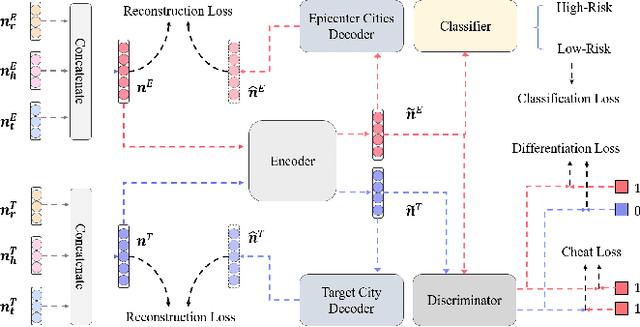
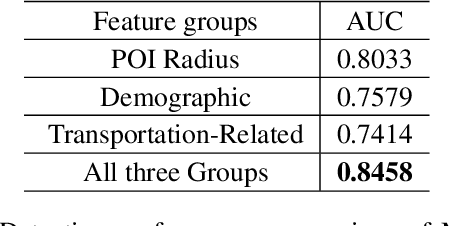
Abstract:The novel coronavirus disease (COVID-19) has crushed daily routines and is still rampaging through the world. Existing solution for nonpharmaceutical interventions usually needs to timely and precisely select a subset of residential urban areas for containment or even quarantine, where the spatial distribution of confirmed cases has been considered as a key criterion for the subset selection. While such containment measure has successfully stopped or slowed down the spread of COVID-19 in some countries, it is criticized for being inefficient or ineffective, as the statistics of confirmed cases are usually time-delayed and coarse-grained. To tackle the issues, we propose C-Watcher, a novel data-driven framework that aims at screening every neighborhood in a target city and predicting infection risks, prior to the spread of COVID-19 from epicenters to the city. In terms of design, C-Watcher collects large-scale long-term human mobility data from Baidu Maps, then characterizes every residential neighborhood in the city using a set of features based on urban mobility patterns. Furthermore, to transfer the firsthand knowledge (witted in epicenters) to the target city before local outbreaks, we adopt a novel adversarial encoder framework to learn "city-invariant" representations from the mobility-related features for precise early detection of high-risk neighborhoods, even before any confirmed cases known, in the target city. We carried out extensive experiments on C-Watcher using the real-data records in the early stage of COVID-19 outbreaks, where the results demonstrate the efficiency and effectiveness of C-Watcher for early detection of high-risk neighborhoods from a large number of cities.
 Add to Chrome
Add to Chrome Add to Firefox
Add to Firefox Add to Edge
Add to Edge